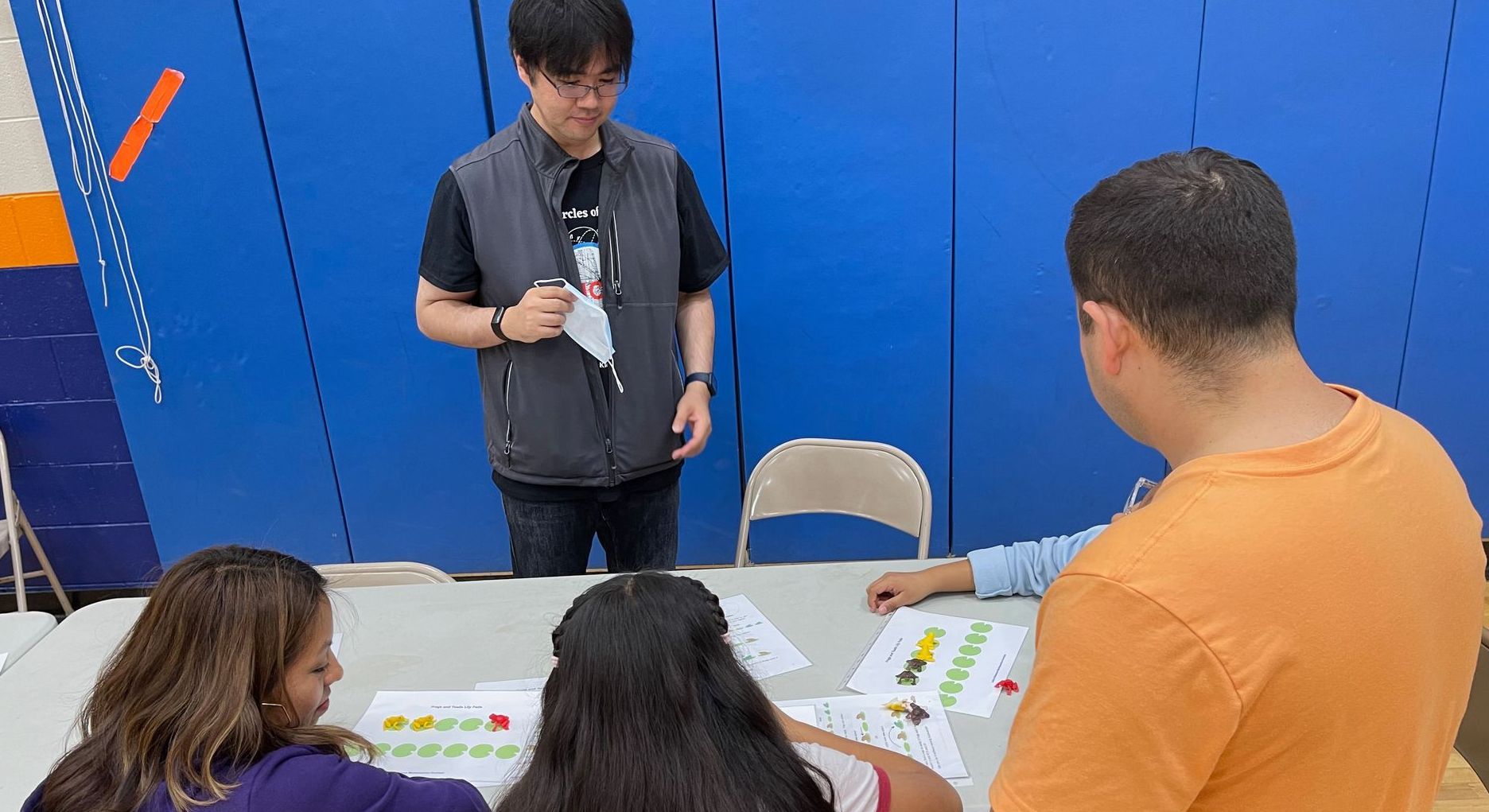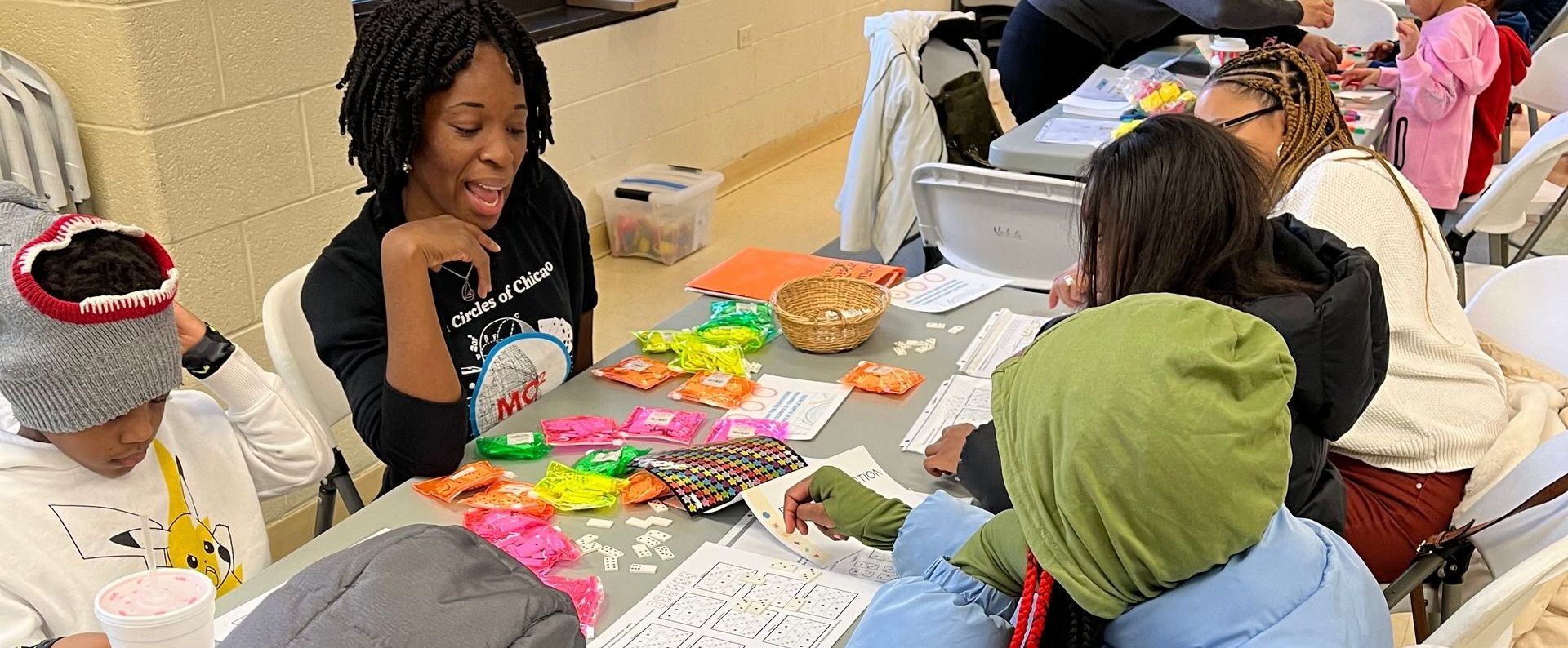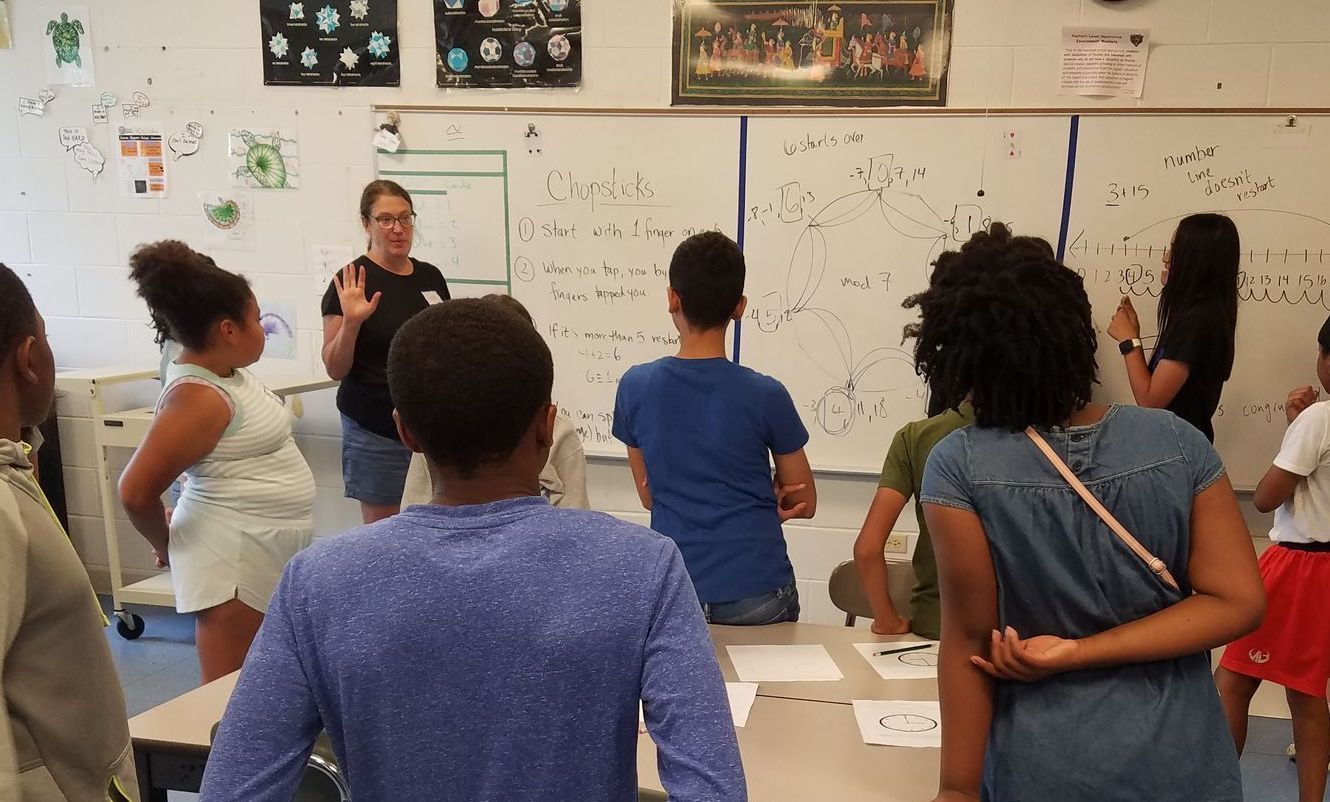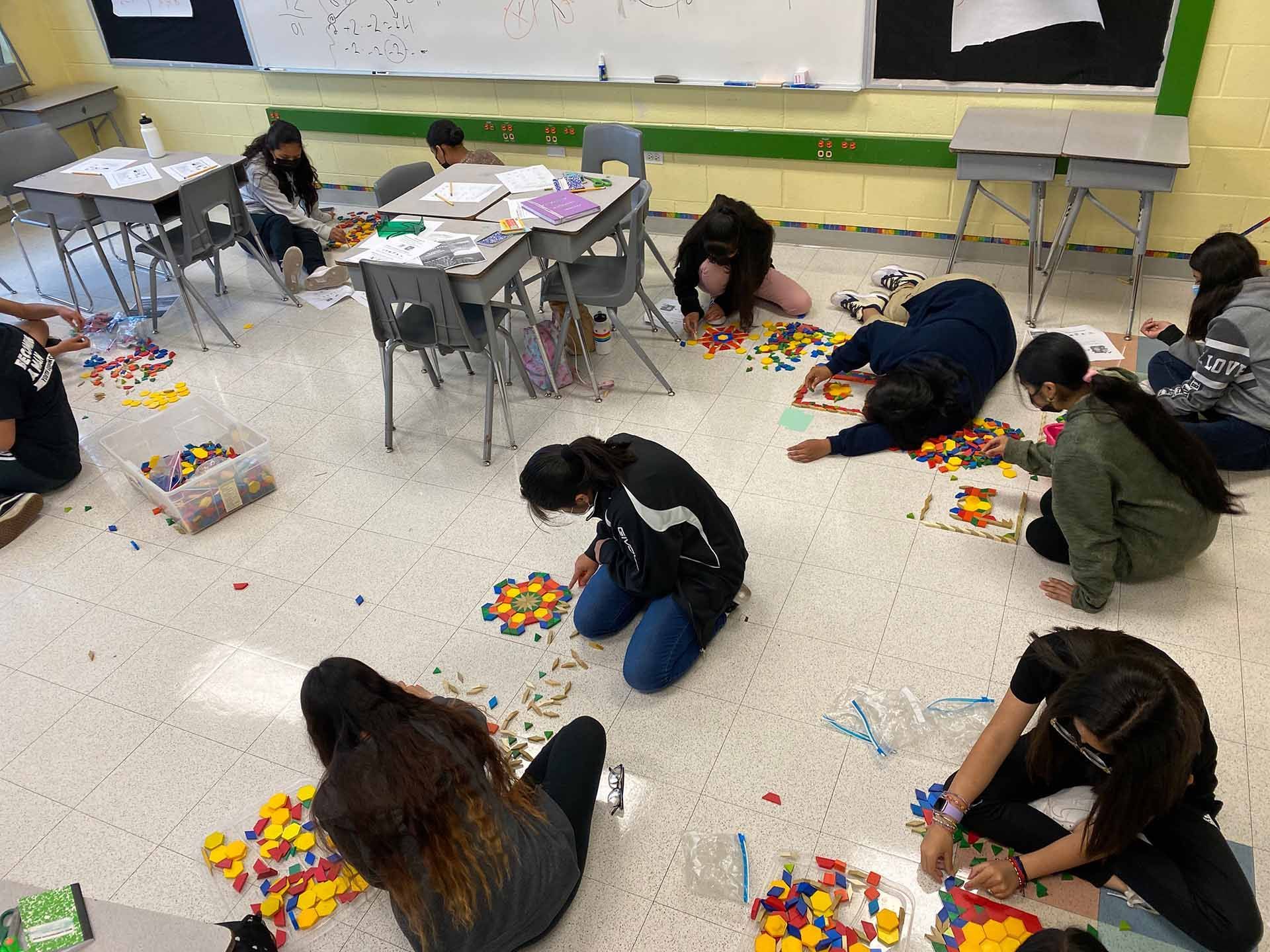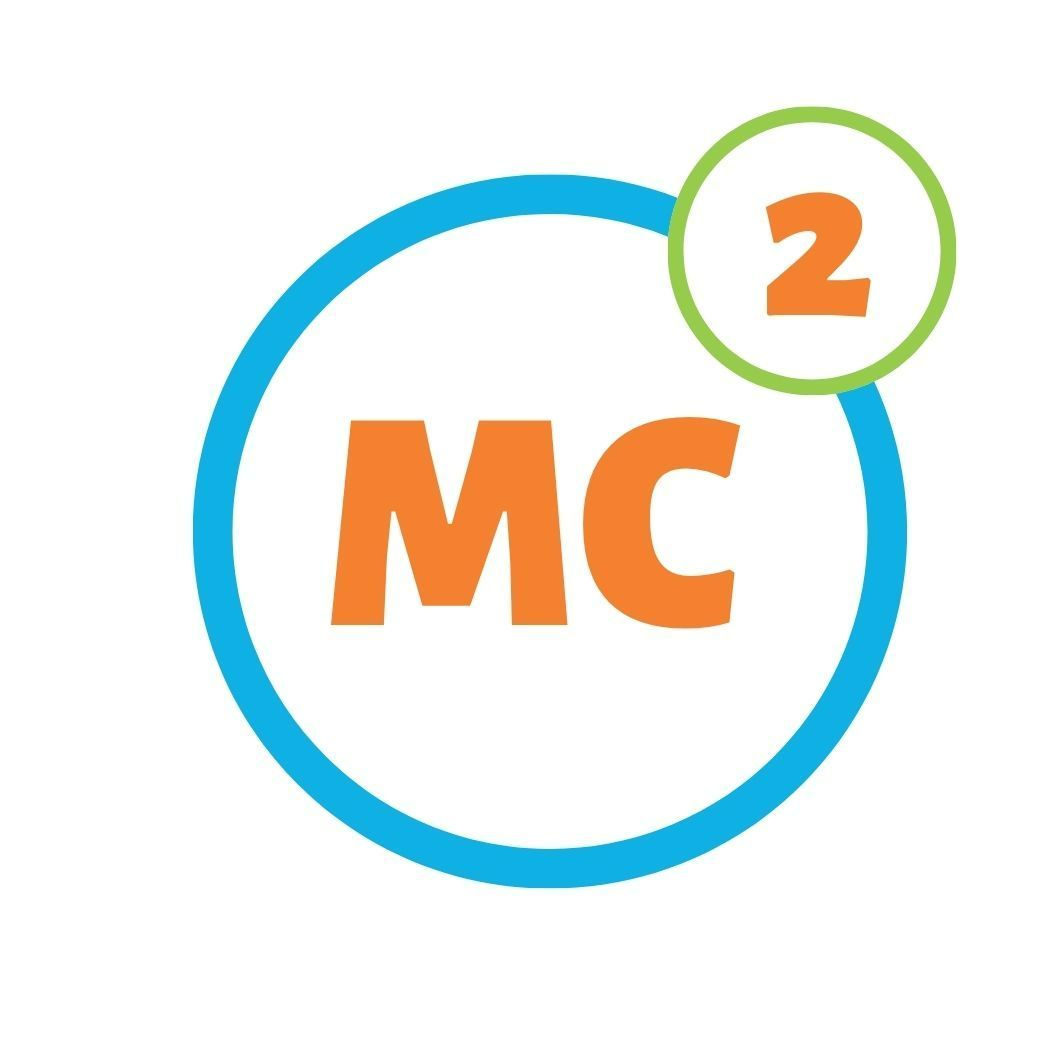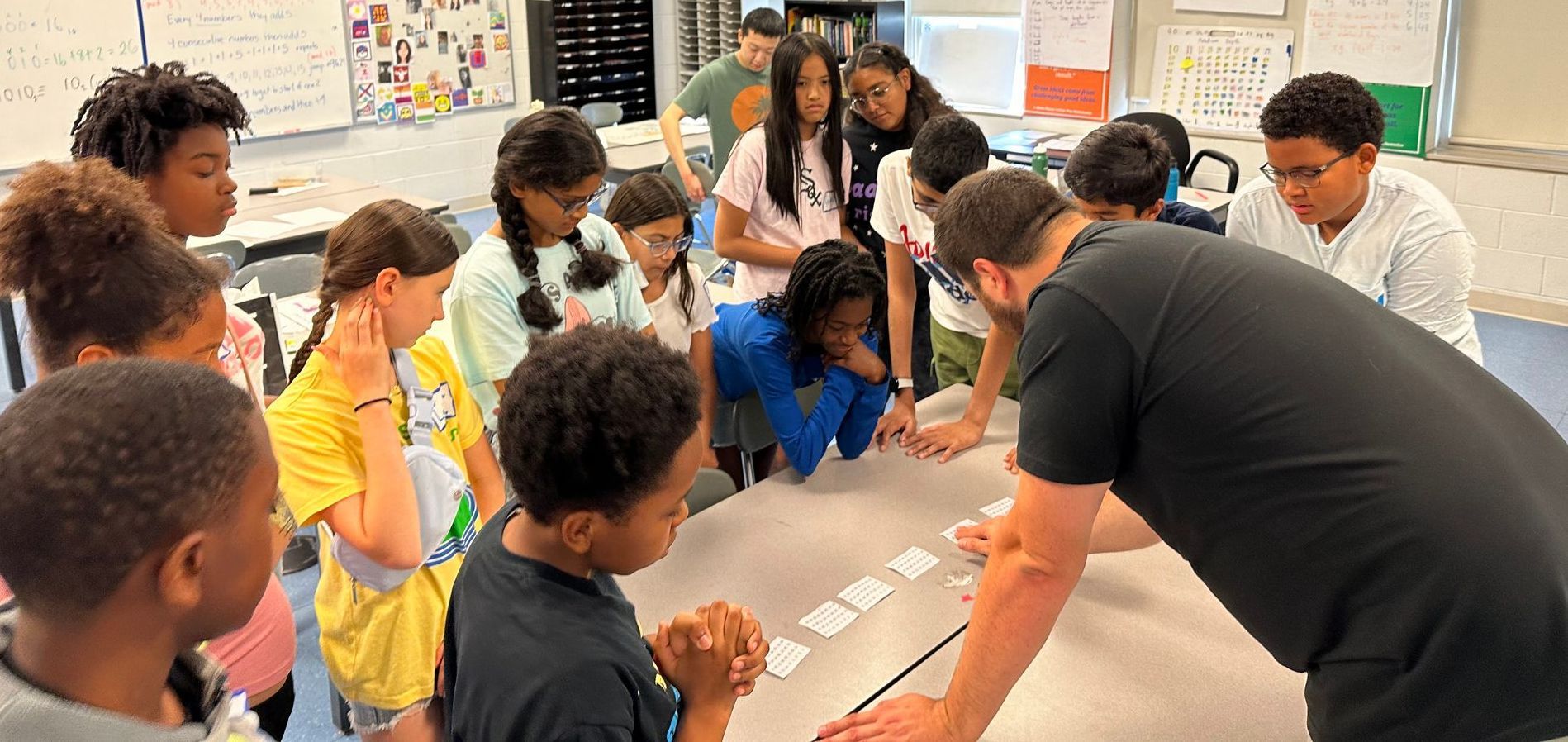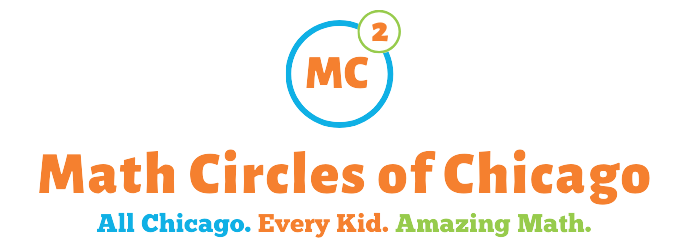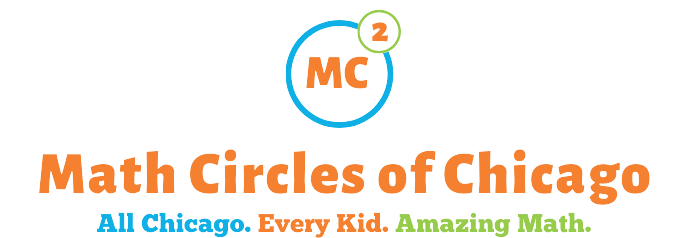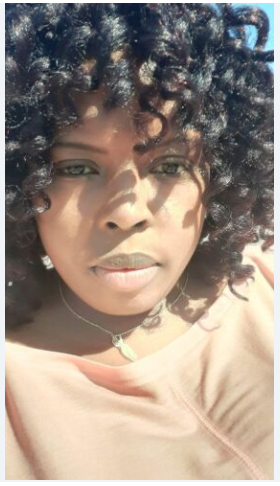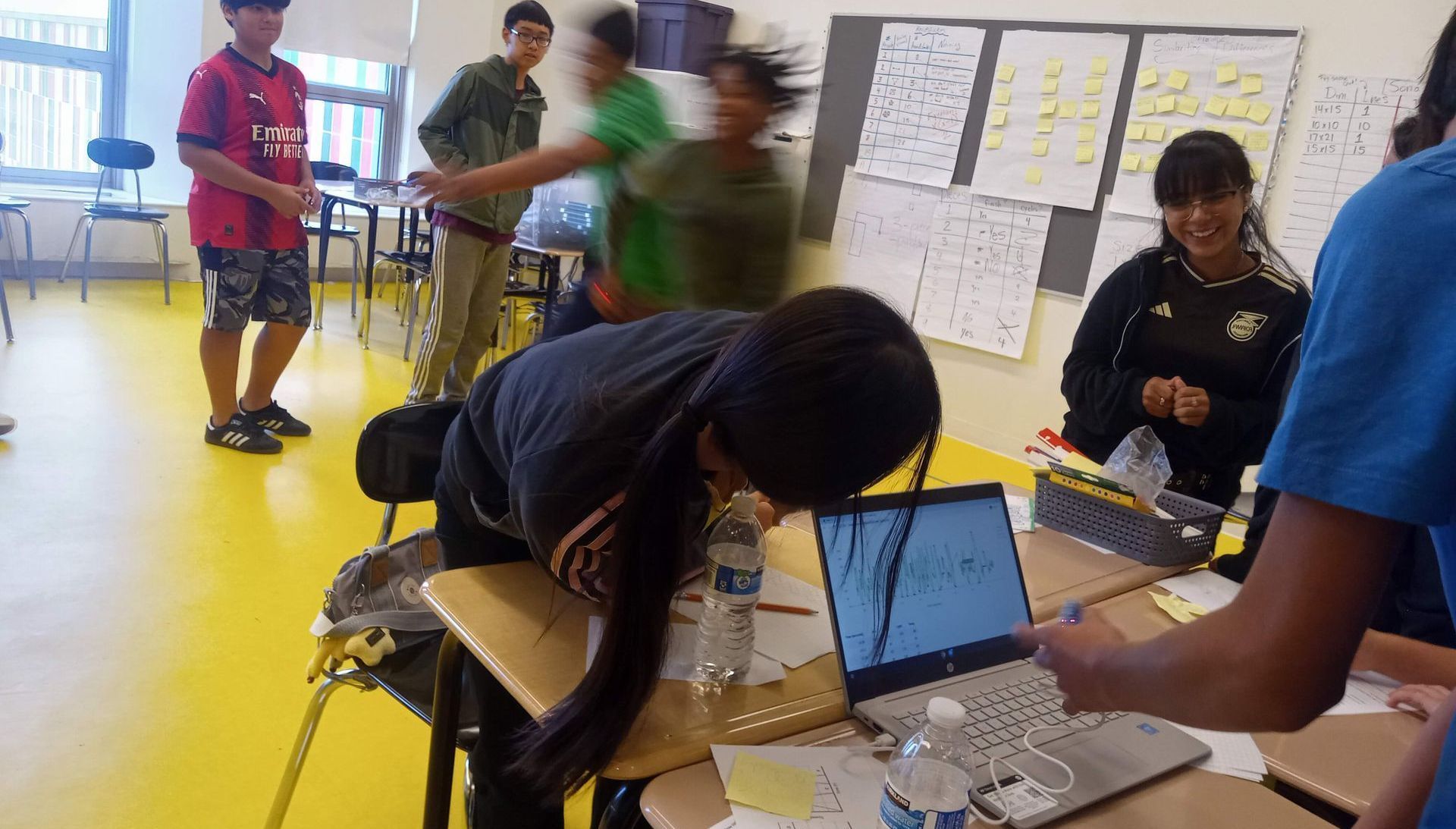There are all kinds of math books.
Maybe this goes without saying, but maybe not. We tend to think of math books as textbooks—dry, procedural, say, or a good source of problems, challenges, and perhaps helpful for a tutor (who isn’t in a classroom so that the textbook communicates something about how best to support a tutee). But, as I said, there are all kinds. As you think about summer reading for you or someone you care about, here are a few types of math books to consider:
The Big Idea
Some math books are centered on a branch of mathematics. In the 90s, the study of chaos and fractals became popularized by mathematicians like Benoit Mandelbrot. Mandelbrot’s books are not for novices, but Chaos: Making a New Science
by James Gleick is a popular press book that’s accessible (the photo above this post is from Saturday’s DesCartes session, where students generated some chaos on their computer screens). I’m also very partial to books by William Poundstone. The Recursive Universe
is an explanation/exploration of Conway’s Game of Life; I also strongly recommend The Prisoner’s Dilemma
, Poundstone’s highly entertaining history of game theory.
Puzzle Books
My Aunt Anne gave me Puzzles for Pleasure
by E.R. Emmett when I was in middle school, which made me aware that I had some proclivity towards logic (that I was interested in it, and maybe a little good at it). Soon after I read James Fixx’s Games for the Super-intelligent
, and I was hooked. Among all of these categories, puzzle books may be the best bet for younger kids.
Biography
Constance Reid is a prominent biographer of mathematicians— Julia: A Life in Mathematics
is unusual in that here she gives the story of her own sister Julia Bowman Robinson. It’s hard to not mention The Man Who Knew Infinity: A Life of the Genius of Ramanujan
by Robert Kanigel with the recent release of the corresponding movie. I read this book when it came out in the 90s and loved it at the time.
It’s easy to go on—there are Math History books, the Let’s Learn Some Math Book, Math and Learning Theory Books, Martin Gardener books (which combine almost all of these categories), etc. I list more favorites below, but I hope you get the idea–math books are as varied as math itself. This summer I’m branching out by checking out the Math and Food category; I just started reading How to Bake a Pi: An Edible Explanation of the Mathematics of Mathematics by Eugenia Cheng, current mathematician in residence at the Art Institute (good news–it looks like Dr. Cheng may lead some math circle sessions next year!)
Happy reading!
Journey Through Genius
William Dunham
This is a combination of history, biography, and a ‘let’s do some math book’. My all time favorite in this multiple-category category.
Innumeracy: Mathematical Illiteracy and Its Consequences
John Allen Paulos
A great way to hook people on mathematics is to look at math when it has gone astray.
Entertaining Math Puzzles
; Hexaflexagons, Probability Paradoxes, and the Tower of Hanoi
Martin Gardner
EMP is a good book for beginners; HPPTH is one of the many collections of essays drawn from Gardner’s writing in Scientific American. Gardner is arguably the most important math popularizer of the 20th century.
Hidden Figures: The American Dream and the Untold Story of the Black Women Mathematicians Who Helped Win the Space Race
Margot Lee Shetterly
Ok, this one doesn’t come out until September 6th, the day school starts again in Chicago, but I can’t wait to read it! (And, as in the case of Ramanujan, a movie is coming too).
